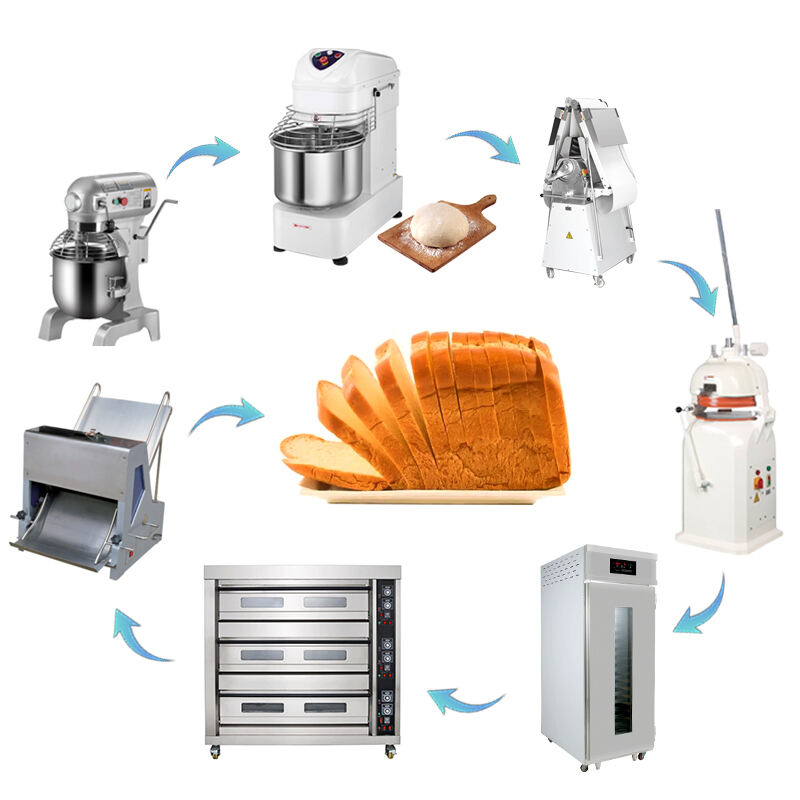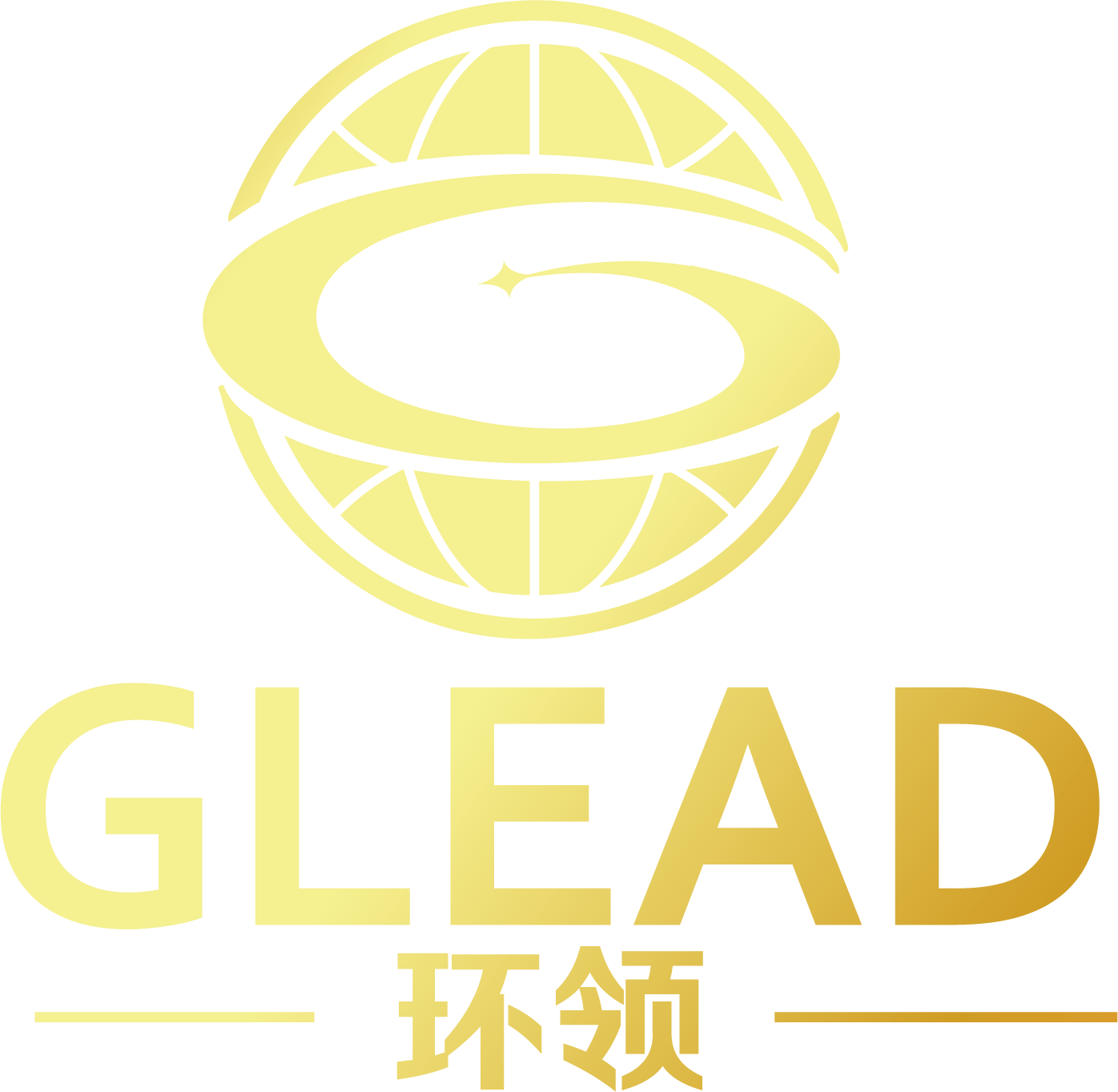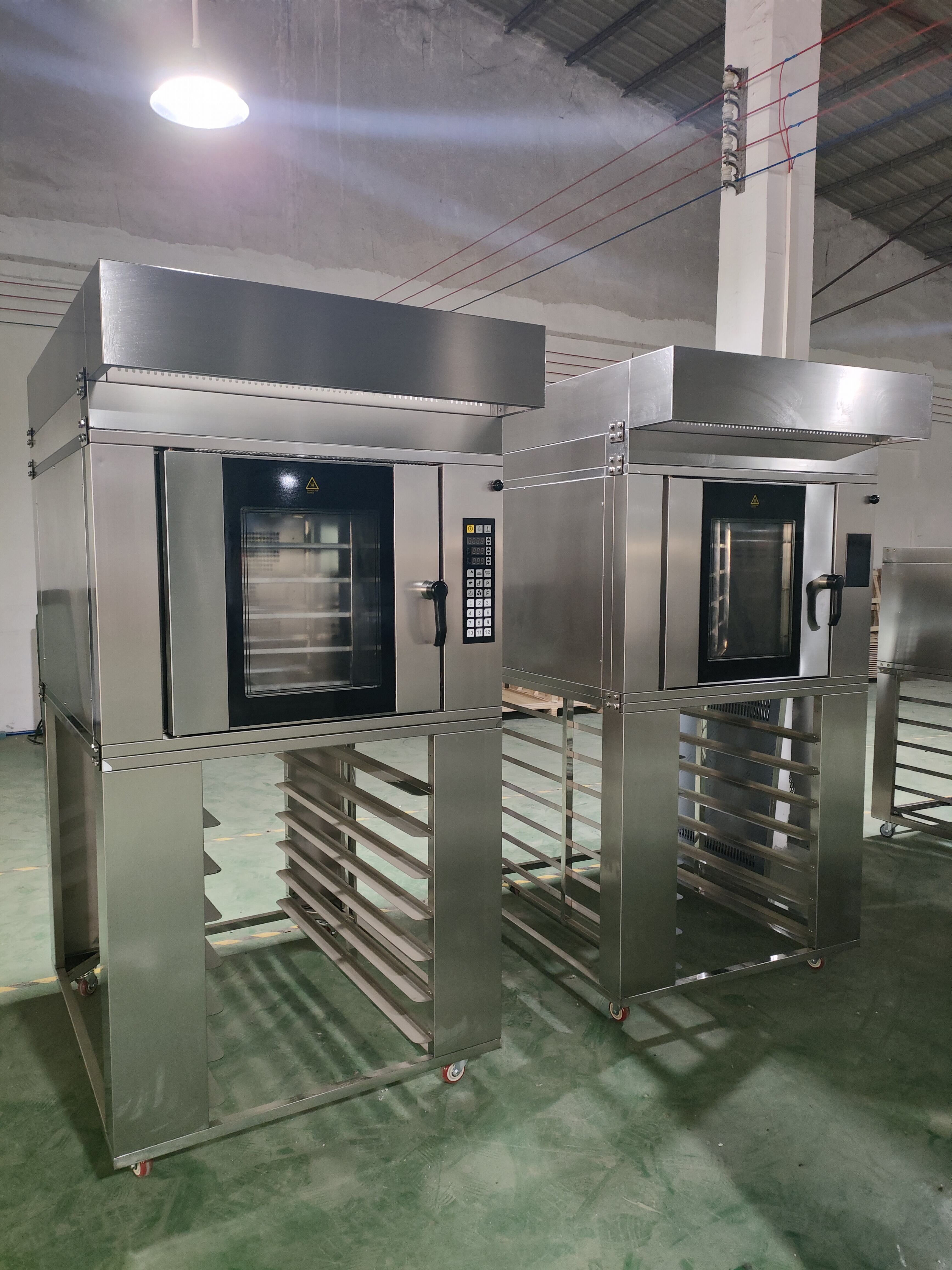Essential Care for Industrial Serigraphy Equipment
Maintaining serigraphy machines is crucial for ensuring consistent print quality and extending equipment lifespan. Professional print shops rely heavily on these sophisticated devices, making proper serigraphy machine maintenance a cornerstone of successful operations. From daily cleaning routines to scheduled comprehensive servicing, understanding the intricacies of maintenance procedures can significantly impact your printing business's bottom line.
The printing industry continues to evolve, with serigraphy remaining a preferred method for high-quality textile and commercial printing. As these machines become more advanced, their maintenance requirements grow increasingly specific. Let's explore the comprehensive approach needed to keep your serigraphy equipment running at peak performance.
Components and Maintenance Fundamentals
Critical Machine Parts Requiring Regular Attention
The screen printing bed serves as the foundation of your serigraphy machine maintenance routine. This surface must remain perfectly level and clean to ensure precise print registration. Regular inspection of the printing bed's alignment and surface condition helps prevent common printing defects. The squeegee mechanism, another vital component, requires frequent examination for wear patterns and proper pressure settings.
Screen frames and mesh tension demand consistent monitoring as part of your maintenance schedule. Proper tension maintenance prevents image distortion and ensures clean ink transfer. The registration system, including pins and brackets, needs regular cleaning and lubrication to maintain smooth operation and precise alignment capabilities.
Maintenance Tools and Supplies
Every print shop should maintain a comprehensive toolkit for serigraphy machine maintenance. Essential items include specialized cleaning solvents, lint-free cloths, lubricants designed for printing equipment, and calibration tools. Having these supplies readily available ensures quick response to maintenance needs and prevents extended downtime.
Professional-grade cleaning solutions specifically formulated for screen printing equipment help prevent chemical damage while effectively removing ink residue. Maintenance technicians should also keep spare parts on hand, such as squeegee blades, screen mesh, and common mechanical components that may require replacement.
Daily Maintenance Procedures
Pre-Production Checks
Before beginning each production day, operators must perform thorough serigraphy machine maintenance checks. This includes inspecting all moving parts for smooth operation, verifying proper tension in the screen mesh, and ensuring all safety mechanisms function correctly. These daily inspections help identify potential issues before they affect production quality.
The pre-production routine should also include checking ink viscosity, verifying proper squeegee angle and pressure, and confirming accurate registration settings. These preliminary steps prevent costly mistakes and maintain consistent print quality throughout the production run.
Post-Production Cleaning
End-of-day cleaning procedures are essential for preserving equipment condition. Thorough cleaning of all ink-contact surfaces prevents dried ink accumulation that could affect future prints. Special attention should be given to squeegee blades, flood bars, and screen mesh during the cleaning process.
Documentation of cleaning procedures helps maintain consistency across different shifts and operators. Creating a standardized cleaning checklist ensures no critical areas are overlooked during the daily maintenance routine.

Weekly and Monthly Maintenance Tasks
Deep Cleaning Protocols
Weekly deep cleaning sessions form a crucial part of comprehensive serigraphy machine maintenance. These sessions involve dismantling key components for thorough cleaning and inspection. Operators should pay special attention to hard-to-reach areas where ink and debris can accumulate over time.
Monthly maintenance extends to more detailed inspections of mechanical systems, including drive mechanisms, pneumatic systems, and electrical connections. This level of maintenance helps identify wear patterns and potential failure points before they lead to equipment breakdown.
Preventive Maintenance Schedules
Establishing a structured preventive maintenance schedule helps optimize machine performance and longevity. This includes regular lubrication of moving parts, adjustment of tension settings, and calibration of registration systems. Tracking maintenance activities through detailed logs helps identify recurring issues and plan for future equipment needs.
Professional maintenance technicians recommend scheduling major servicing during planned production downtimes. This approach minimizes impact on regular operations while ensuring thorough attention to equipment needs.
Troubleshooting Common Issues
Print Quality Problems
When print quality issues arise, systematic troubleshooting becomes an essential aspect of serigraphy machine maintenance. Common problems like blurred prints or poor registration often relate to specific maintenance oversights. Understanding these relationships helps technicians quickly identify and resolve issues.
Regular monitoring of print quality serves as an early warning system for potential maintenance needs. Establishing quality control checkpoints throughout production helps maintain consistent standards and identifies maintenance requirements before they become critical.
Mechanical Malfunctions
Mechanical issues require immediate attention to prevent escalation into major repairs. Training operators to recognize unusual sounds, vibrations, or operating characteristics helps identify potential problems early. Quick response to mechanical concerns through proper serigraphy machine maintenance procedures can prevent costly equipment failures.
Maintaining detailed repair records helps identify patterns in equipment performance and guides future maintenance scheduling. This documentation also proves valuable for training new maintenance personnel and developing more effective preventive maintenance protocols.
Advanced Maintenance Considerations
Software and Electronic Systems
Modern serigraphy machines incorporate sophisticated electronic controls and software systems. Regular software updates and electronic system maintenance ensure optimal performance and access to the latest features. Backup systems should be implemented to protect critical production data and machine settings.
Training maintenance staff in both mechanical and electronic aspects of equipment care ensures comprehensive support for all machine systems. This dual expertise becomes increasingly important as printing technology continues to advance.
Environmental Factors
Environmental conditions significantly impact equipment performance and maintenance requirements. Temperature, humidity, and dust control play crucial roles in maintaining optimal printing conditions. Regular monitoring and adjustment of environmental factors should be integrated into maintenance routines.
Installing appropriate climate control systems and maintaining clean room conditions helps protect sensitive components and extends equipment life. These environmental considerations should be documented as part of the overall maintenance strategy.
Frequently Asked Questions
How Often Should Professional Maintenance Be Scheduled?
Professional serigraphy machine maintenance should be scheduled at least quarterly for heavy-use equipment. However, the frequency may vary depending on production volume, types of materials printed, and environmental conditions. Many facilities benefit from monthly professional inspections to maintain optimal performance.
What Are the Signs That Indicate Immediate Maintenance Is Needed?
Key indicators include inconsistent print quality, unusual noises during operation, misalignment issues, or irregular machine movement. Any changes in normal operating characteristics should trigger immediate maintenance inspection to prevent potential equipment damage or production problems.
How Can Maintenance Costs Be Optimized Without Compromising Quality?
Implement a comprehensive preventive maintenance program, train operators in basic maintenance procedures, and maintain detailed maintenance records. This proactive approach typically reduces overall maintenance costs by preventing major repairs and extending equipment life while maintaining print quality standards.

